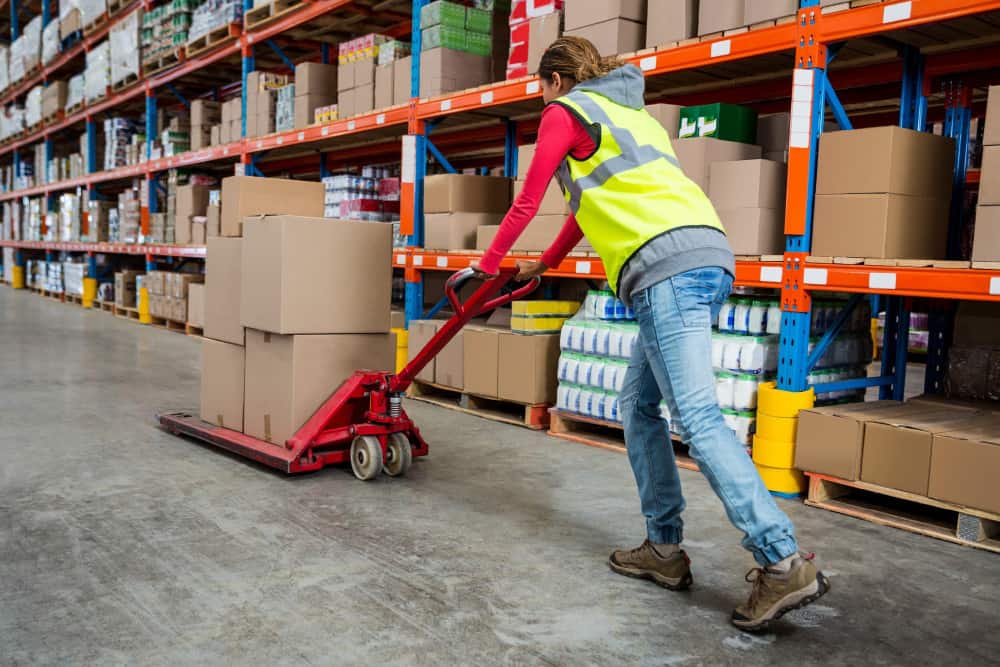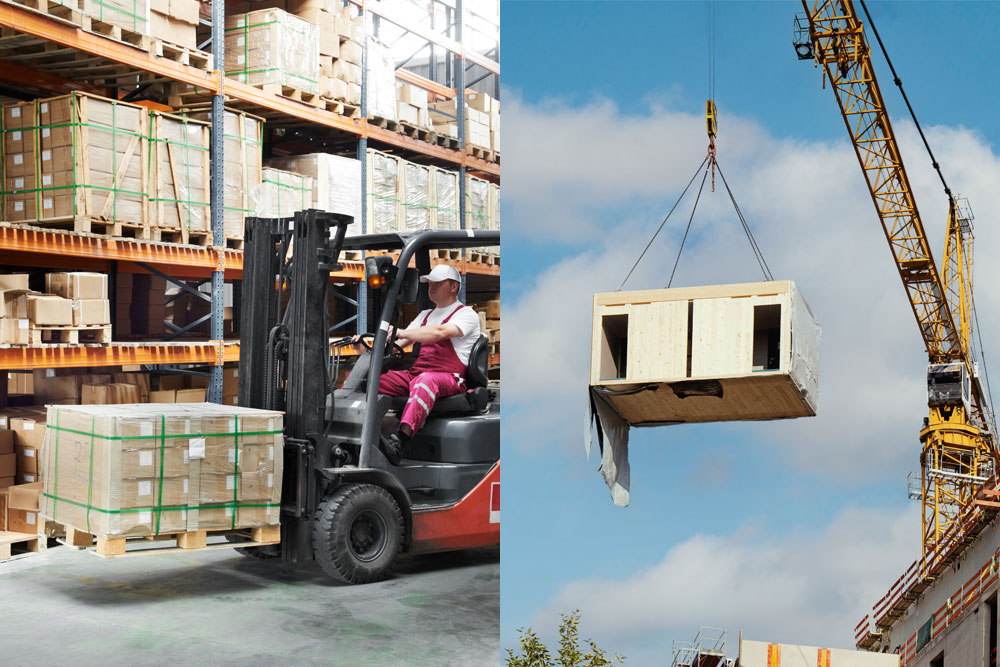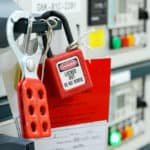
Ventilation in commercial kitchens is essential. Cooking food at scale generates heat, steam, grease and other vapours that can harm both people and equipment. Without proper extraction, the quality of your food and the health of your staff are at risk.
This guide explains how ventilation systems in commercial kitchens work, the safety standards you need to meet, and tips to keep your equipment efficient and compliant.
Key Takeaways
- Ventilation in commercial kitchens is a legal requirement that protects staff health, food safety, and overall business compliance.
- UK law, including the Workplace Regulations 1992, Gas Safety Regulations 1998, and the Health and Safety at Work Act 1974, sets clear duties for employers to maintain safe extraction and airflow.
- Effective systems combine canopy hoods, extractor fans, make-up air, ductwork, grease filters, and fire suppression to manage risks and meet inspection standards.
What Are the Commercial Kitchen Extraction Regulations?
Every commercial kitchen is legally required to have an effective extraction system. If you are responsible for managing a kitchen, you must make sure your ventilation complies with the law. Three key pieces of legislation set out these requirements:
- The Workplace (Health, Safety and Welfare) Regulations 1992: This law requires every enclosed workplace must have enough clean, fresh air. In kitchens, the HSE says this usually requires mechanical extraction (like canopy hoods) to remove fumes and vapours and release them safely outdoors.
- The Gas Safety (Installation and Use) Regulations 1998 (GSIUR): These regulations state that gas appliances that connect to a flue can only be used if the flue is safe and suitable. In many commercial kitchens, the extraction system serves as that flue. This means it must include an interlock that shuts off the gas if airflow stops and provide enough make-up air to prevent dangerous gases from building up.
- The Health and Safety at Work etc. Act 1974: This Act places a duty on employers must protect the health, safety, and welfare of their staff as far as is reasonably possible. In kitchens, that includes managing ventilation risks. If extraction is missing, poorly maintained, or inadequate, the employer may be in breach of this duty.
Can a Commercial Kitchen Run Without Ventilation?
No. Running a commercial kitchen without proper ventilation is against the law. Employers and food business operators have a legal responsibility to provide a safe working environment, and ventilation is a key part of that obligation.
Failure to comply can result in enforcement action, including fines, business closure, and, in serious cases, criminal prosecution.
Food Hygiene Courses
Equip food workers with essential training for their role. Our online food hygiene courses provide an understanding of food safety, HACCP systems and cross-contamination. All courses award independently recognised certificates for proof of training.
Why Is Ventilation in Commercial Kitchens Important?
Poor ventilation in a commercial kitchen puts people at risk, creates difficult working conditions, and exposes the business to both regulatory and financial consequences. The main areas of concern are:
Health Risks
Cooking releases a mix of fumes, fine grease particles, and smoke that hang in the air if not extracted properly. Over time, this poor air quality affects staff health and can lead to respiratory problems. HSE identifies occupational asthma as one of the most common work-related conditions in the food industry.
Fire Hazards
Grease is an unavoidable by-product of cooking, and much of it ends up inside canopies, filters, and ductwork. Over time, these deposits build up into a thick, sticky layer that is highly flammable.
If a spark or high-heat source reaches this grease, it can ignite and spread rapidly through the ducting, carrying fire to different parts of the building. London Fire Brigade regularly issues warnings about “dirty ducting” after attending restaurant fires caused by exactly this problem.
Food Safety Concerns
Excess heat and humidity change the environment inside a kitchen in ways that directly affect food. High temperatures can compromise storage conditions, while condensation and poor airflow create opportunities for bacteria such as Salmonella to grow.
Staff Wellbeing
Poor ventilation causes fatigue, heat stress, and higher sickness and turnover rates. The HSE notes that inadequate airflow harms both health and staff retention. Good ventilation keeps kitchens safer and more comfortable by controlling heat, clearing odours, and improving air quality.
Addressing these issues requires a well-designed ventilation system that consistently maintains air quality, regulates temperature, and supports compliance with UK standards.
Types of Kitchen Ventilation
Commercial kitchens rely on ventilation to keep the environment safe, comfortable, and compliant. The system you choose will depend on the size of your kitchen, the type of equipment in use, and the level of cooking activity. There are two main methods of ventilation and two main types of systems commonly used.
Ventilation Methods
Before looking at specific systems, it is important to understand the two basic ways air can be moved in and out of a kitchen.
- Natural ventilation: This relies on airflow from doors, windows, or built-in openings such as trickle vents, air bricks, or grilles. While useful in smaller or less intensive settings, natural ventilation alone is rarely sufficient for commercial kitchens where large amounts of grease, smoke, and heat are produced.
- Mechanical ventilation: This uses fans to bring in fresh air and remove stale air. In smaller spaces, standalone fans may be fitted, but in larger kitchens, mechanical ventilation typically involves an integrated system of fans and ducts. HSE advises against using freestanding fans, as they can disrupt extraction systems, spread microorganisms, and create trip hazards.
Ventilation Systems
Once the method of ventilation is chosen, operators must decide which type of system best suits their kitchen layout and cooking needs.
- Kitchen canopies: Canopies are designed to capture grease, fumes, and hot air directly at the source. They are the most common and effective option for commercial kitchens, and HSE recommends their use as the primary method of mechanical extraction.
- Ceiling ventilation systems: These systems draw in stale air and circulate fresh air across the kitchen space. They use blades to move larger volumes of air and are often installed alongside canopy systems to improve overall airflow.
What Are the Components of an Effective Ventilation System?
A commercial kitchen ventilation system only works as well as its weakest part. To keep your system compliant, safe, and reliable, each component needs to be properly designed, installed, and maintained. Here’s what to focus on:
Canopy Hood
The canopy hood is the first line of defence in a kitchen ventilation system. It sits directly above cooking equipment and captures heat, steam, grease, and smoke before they spread through the kitchen.
To work effectively, it should:
- Be made from stainless steel for durability and easy cleaning.
- Contain grease filters to trap particles before they reach the ductwork.
- Fully cover all appliances and extend slightly beyond their edges for maximum capture.
The hood must also be cleaned regularly to stop grease from building up. When grease accumulates on filters or hood surfaces, it can ignite if exposed to high heat or open flames, allowing fire to spread quickly through the ventilation system.
Extractor Fan
Once the hood collects fumes, the extractor fan removes them from the kitchen. Choosing the right fan depends on your kitchen’s size and cooking output. To ensure performance:
- Select a fan rated for your kitchen’s size and cooking output.
- Position it so air is discharged safely outdoors, away from air intakes and public areas.
- Avoid installing it where extracted fumes could drift back into the building.
Make-Up Air System
Every bit of air pulled out of the kitchen needs to be replaced. Without replacement air, you risk negative pressure, backdrafts, or odours. A make-up air system solves this by:
- Supplying fresh, filtered air to replace that removed by extraction.
- Delivering around 80–90% of the volume extracted to maintain balance.
- Allowing integration with heating or cooling systems to keep working conditions comfortable for staff.
Ductwork
Ducts are the arteries of the ventilation system, carrying contaminated air out of the kitchen. To keep them safe and efficient:
- Use galvanised or stainless steel ducts with smooth interiors that resist grease build-up.
- Follow TR/19 guidance, which recommends cleaning every 3 to 12 months, depending on cooking volume.
- Ensure ducts are accessible for inspection, maintenance, and fire-risk checks.
Grease Filters
Filters protect the rest of the system by stopping grease before it reaches the ductwork and fans. To keep them effective:
- Choose baffle filters for durability and easy cleaning, or mesh filters if cost is a priority.
- Clean filters weekly in normal operations, or more frequently in high-volume kitchens.
- Replace mesh filters monthly if cleaning no longer restores full airflow.
Fire Suppression Systems
Grease, heat, and flames mean fire is always a risk in commercial kitchens. Fire suppression systems reduce that risk by activating automatically if a fire starts. To stay protected:
- Install a recognised system that uses nozzles fitted inside hoods and ducts.
- Service the system every six months to confirm it’s operational.
- Ensure the design and maintenance comply with current fire safety standards.
Building Safe and Compliant Kitchens Through Training
Ventilation protects the air your team works in, while food hygiene safeguards everything that comes into contact with the food itself. When either standard slips, the effects are immediate and far-reaching.
Inspectors start to question the reliability of everyday routines, audits take longer and probe deeper, and the business faces increased exposure to enforcement action, reputational damage, and tighter scrutiny from insurers.
Our Food Hygiene courses address these challenges directly. They help staff connect daily hygiene routines with broader compliance requirements, from keeping extraction areas clean to managing cross-contamination and allergens. By aligning people, processes, and systems, organisations strengthen both their food safety culture and their ability to demonstrate compliance.
Good ventilation protects the working environment, but it is training that ensures teams use that environment safely and consistently. Together, they form the foundation of safe, efficient, and legally compliant kitchen operations.





















